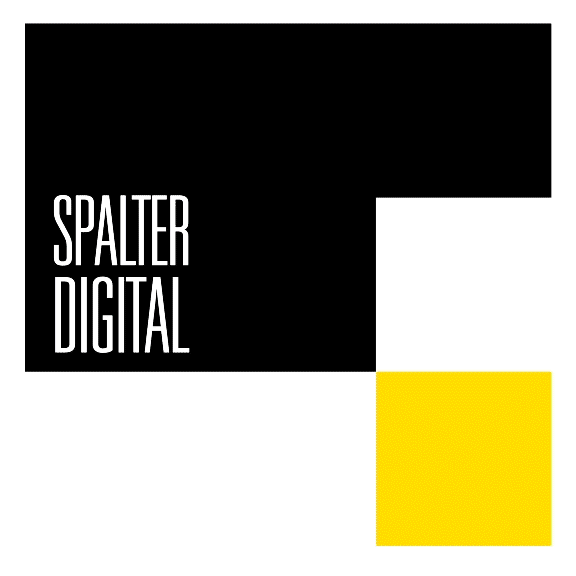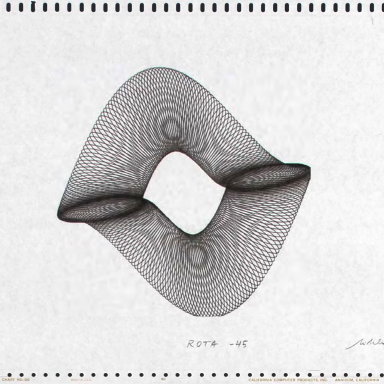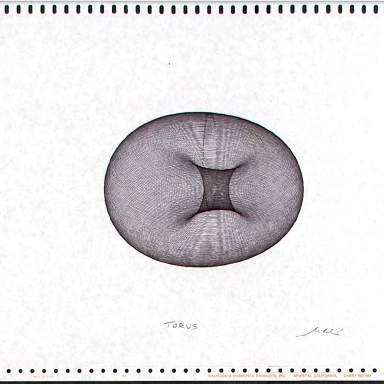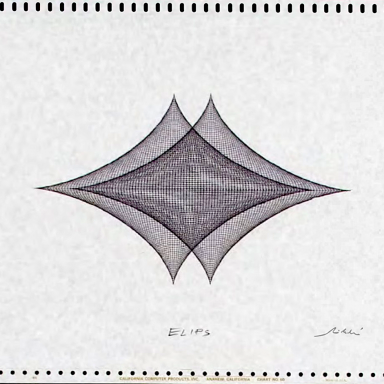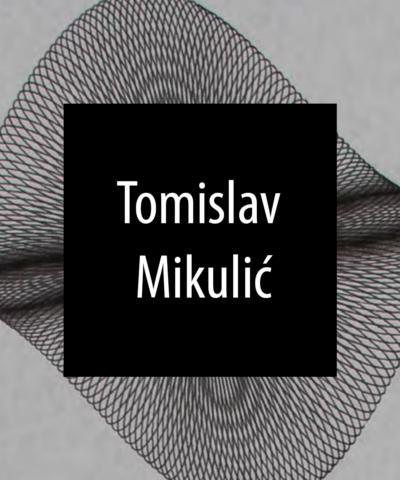
Basic Info
Name: Tomislav Mikulić
Country of Origin: HR
Description
Tomislav Mikulić (Born in 1953 in Croatia) is a Croatian-Australian artist, and a pioneer of computer graphics and computer animation.
He learned the computer programming language Fortran at a high school in Zagreb in 1970. A year later, he enrolled to study at the Faculty of Electrical Engineering at the University of Zagreb (ETF) where he was offered a position as an Assistant at the Laboratory for Computer Programming. Having generous access to the University’s IBM 1130 computer, he spent most of his spare time making graphics with the IBM 1627 drum plotter. He made his first computer graphics in 1971.
In 1972, he enrolled to study the traditional techniques of graphics at the Academy of Fine Arts in Zagreb. At the same time as developing hand drawing skills, he produced a number of computer graphics which he started to exhibit. That earned him a place in the avant-garde art movement “New Tendencies” with nine computer graphics included in the “Tendencies 5” exhibition in 1973. In 1976, he had his first solo exhibition in Gallery Nova in Zagreb and screened the first computer animated film in the country (then Yugoslavia). He wrote the computer programs by himself (in Fortran, Assembler and Basic computer languages) and developed a morphing algorithm. He graduated from the Academy of Fine Arts in Zagreb in 1977 in the class of professor Albert Kinert.
He made the first ever animated opener of the famous “Eurovision” logo in 1979. He made a 6 min short animated video Ples (“The dance”) with dancer (Zagorka Zivkovic) performing in a virtual, computer animated space. “Ples” was selected in the official competition program of the World Festival of Animation in Ottawa 1980.
He was offered the position of Head of TV Design Department at the national television network TV Zagreb in 1980. He accepted it and established the Electronic graphics Department. He led a team of 18 artists developing visual components for the program and for corporate branding for next 12 years. His animated opener for the Winter Olympic Games in Sarajevo ’84 won an international contest in 1983. He also made animated openers for major international events, e.g. Eurovision Song Contest in 1990, European Championships in Athletics in 1990, European Championships in Basketball in 1989, European Championships in Swimming in 1981, among others.
He moved to Melbourne, Australia and established his own studio for animation and graphic design, “High Resolution Design Studio,” in 1992. His animation was selected by Autodesk, Inc. and included in their showreel at SIGGRAPH ’96. In the same year, he was one of three nominated animators for the Australian Effects and Animation Festival annual award, the most prestigious Australian award for animation.
In 1998, he joined the team working on virtual graphics at Australian television network Channel 7. He developed graphics for the Virtual Sports system including the popular “Yellow line” for the swimming competitions at the Olympic Games in Sydney 2000.
In 2002, he joined a team (CELTS) producing interactive material to support learning and teaching at Monash University, the largest university in Australia. He became an Adobe certified expert in the Flash program for animation in 2006.
He won the “Urban Forest” Art and Design contest held by City of Melbourne in 2011, exactly 40 years after he made his first computer graphics.
A detailed biography, bibliography and list of exhibitions can be found in the document: Supplement (PDF, 5MB, 2009).
